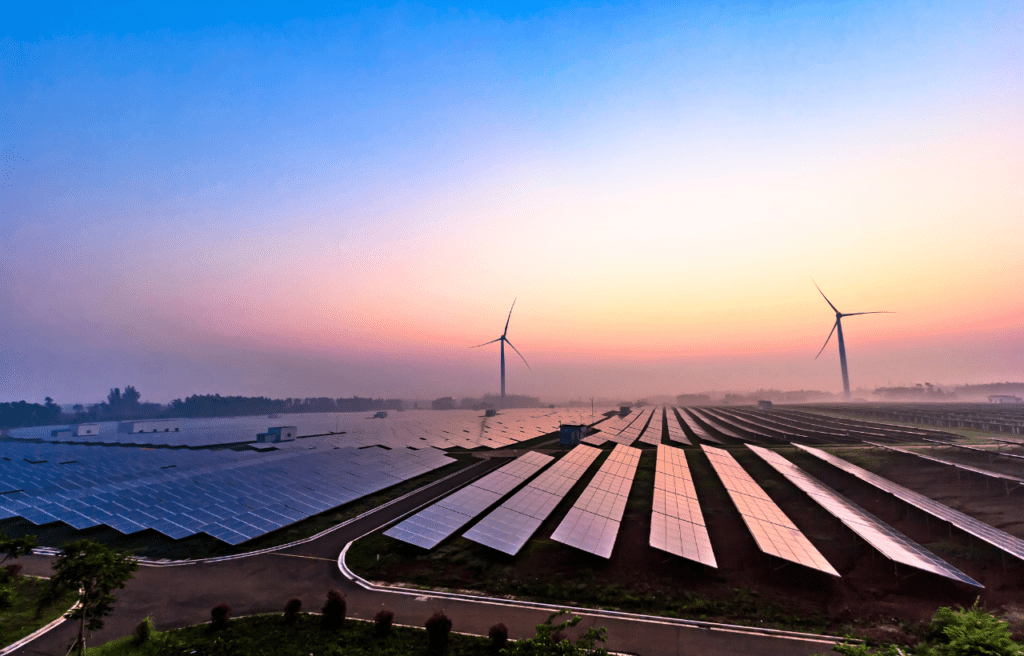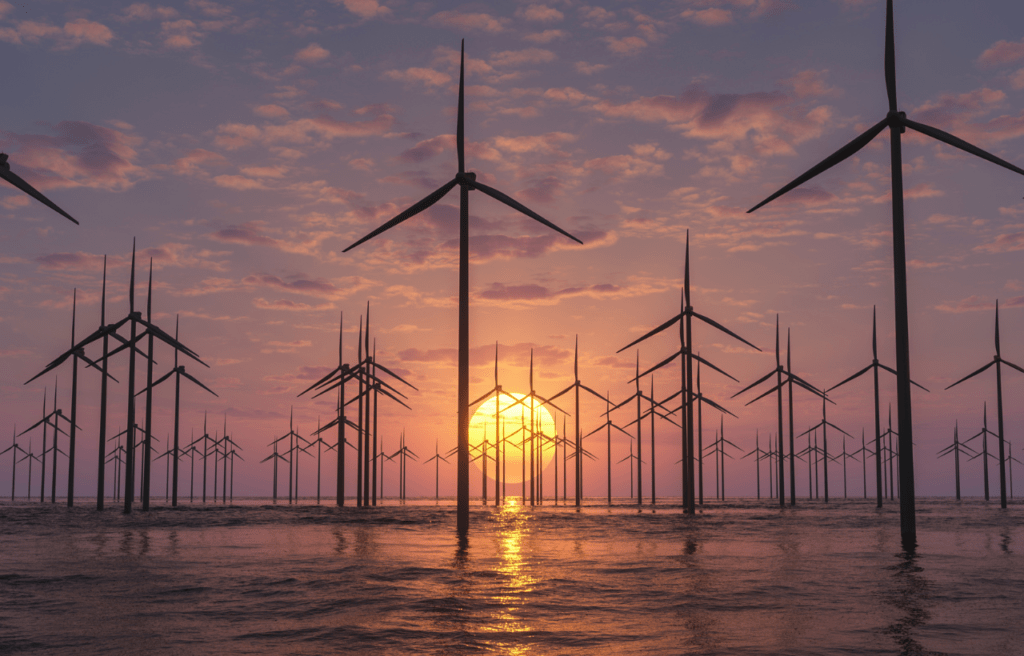Publication date: Feb 6, 2024
Welcome to the first edition of our Newsletter of 2024, where we will continue to shed some light on the latest developments shaping Japan’s dynamic power market. 2023 was a pivotal year for energy markets and policy in Japan, which saw the drafting of the Basic Policy for the Realization of GX, the passing of the GX Promotion Act, and a turn of the tides on Offshore Wind in Japan as this nascent industry begins to gain some momentum. Read more here.
In 2024, we will see the full launch of the Long-term Decarbonization Capacity Market in January, the first issuance of GX Transition Bonds in February, and the commencement of Japan’s new Balancing Market services. To learn more about the hot topics for 2024, read more on our blog.
In this month’s newsletter, we will look at recent trends and developments in solar power, including discussions about how so-called “revolutionary” perovskite solar will fit within the current classification system, and we will also look at the recent announcements on Round 3 of METI’s Offshore Wind Auctions.
METI Advances Solar Power Strategy: New Trends and Policy Shifts in FIT/FIP Certification

The Ministry of Economy, Trade and Industry (METI) is reshaping its approach to solar power, with recent reports and policy changes signaling a new direction for the industry. METI’s Procurement Price Calculation Committee, responsible for discussing Feed-in Tariff (FIT) and Feed-in Premium (FIP) purchase prices, has released a detailed report on current trends in domestic solar power generation costs, alongside plans to revolutionize the sector.
The transition to the FIP scheme has made progress, yet it still accounts for only a small portion of the total certified capacity. From FY2024, solar projects over 250kW will exclusively be eligible for FIP, while those between 50kW and 250kW will have the option between FIT and FIP. The committee is considering expanding the FIP-exclusive range in FY2025, indicating a strategic shift towards larger, more efficient solar installations.
Perovskite Solar Cells: Driving Future Energy Innovation
A pivotal development is the committee’s discussions on new classifications for power generation equipment, focusing on innovative technologies like perovskite solar cells. Anticipated to enter commercialization by 2025, perovskite cells are being supported from research to implementation through initiatives like the Green Innovation Fund. The goal is to achieve a competitive cost of JPY14/kWh by 2030, with an interim target of JPY20/kWh by FY2025. Aligning FIT and FIP systems with these advances is crucial to drive demand for perovskite cells.
Transformative Policy: Enhancing Sustainability in Solar Panel Disposal and Recycling
In a related move, METI’s Study Group on the Disposal and Recycling of Renewable Energy Power Generation Equipment has proposed a significant policy shift. A new requirement mandates the registration of chemical substances contained in solar panels with the JPEA Proxy Application Center (JP-AC) for FIT and FIP certification. Under the revised policy, manufacturers must register specific substances like lead, cadmium, arsenic, and selenium at the time of model registration, ensuring developers use panels with pre-registered information for FIT and FIP projects. This initiative will facilitate smoother post-disposal handling of panels and is expected to be implemented in spring 2024 following an amendment to the Renewable Energy Special Measures Act.
Moreover, the meeting highlighted the need to manage chemical substance information in non-FIT/FIP projects, such as self-consumption solar power generation and corporate PPA solar projects. With these new measures, the use of panels with pre-registered chemical information is anticipated to become standard practice in the industry, even for non-FIT/FIP projects
This move reflects Japan’s broader commitment to environmentally conscious energy production, ensuring responsible disposal and recycling of solar panels, and paving the way for a sustainable energy future
Third Round of Offshore Wind Power Auctions Begins in Maritime Areas of Aomori and Yamagata

METI and the Ministry of Land, Infrastructure, Transport and Tourism (MLIT) began the third round of public solicitations for offshore wind in two maritime areas on 19th January 2024, which will last for six months. The auction will allow operators to occupy the general sea areas for 30 years. Evaluation criteria will be the same as in the second round, except for having no limit on the number of areas a single operator can win. The third round will solicit operators in two areas: the South Side of the Sea of Japan in Aomori Prefecture and off the coast of Yuza-town in Yamagata Prefecture. Both areas were designated as promotion areas under the Renewable Energy Sea Area Utilization Law in October 2023.
The South Side of the Sea of Japan in Aomori Prefecture features a designated promotion area of 13,750 hectares, and a projected fixed-bottom generation capacity of 600MW. The designated promotion area off the coast of Yuza-town in Yamagata Prefecture spans 4,100 hectares, with an anticipated fixed-bottom generation capacity of 450MW. The statutory councils of both areas have laid out specific guidelines, including avoiding installing offshore wind power facilities within approximately 1.8 km of the coastline of Yuza-town. The local communities are requesting that operators adhere to the principles of coexistence and mutual prosperity with the region and its fisheries.
Competitive Dynamics: FIP Scheme and Evaluation Criteria in Third Offshore Wind Auction
The Feed-in Premium (FIP) scheme will apply to both areas, with a bid ceiling price of JPY18 yen/kW, which is JPY1 lower than the previous round due to more favorable wind conditions. The scoring system will be largely unchanged from the previous round, with 240 total points distributed across various criteria: electricity selling price (120 points), speed of project implementation and stable power supply (20 points), project plan until the start of operations (15 points), and 10 points each for criteria such as track record, financing plans, coexistence with surrounding fisheries, and ripple effects on the local economy. The third auction round is anticipated to be highly competitive, as it involves just the two areas and no restrictions on the amount bid by any single entity.
Thank you for reading. If you’ve enjoyed this content, subscribe to our complimentary monthly newsletter delivered straight to your inbox every month and stay updated with our latest offerings. Sign up here today.
